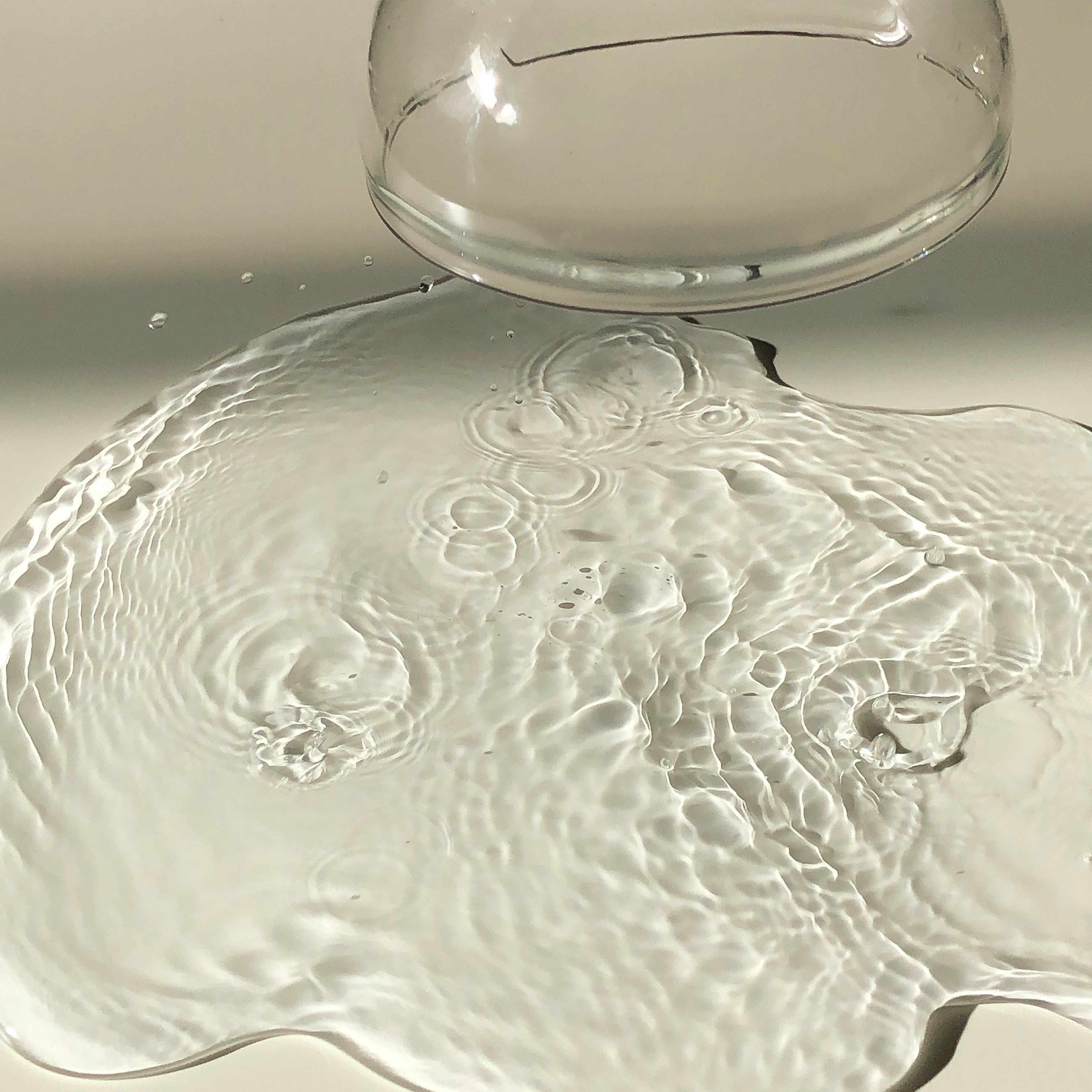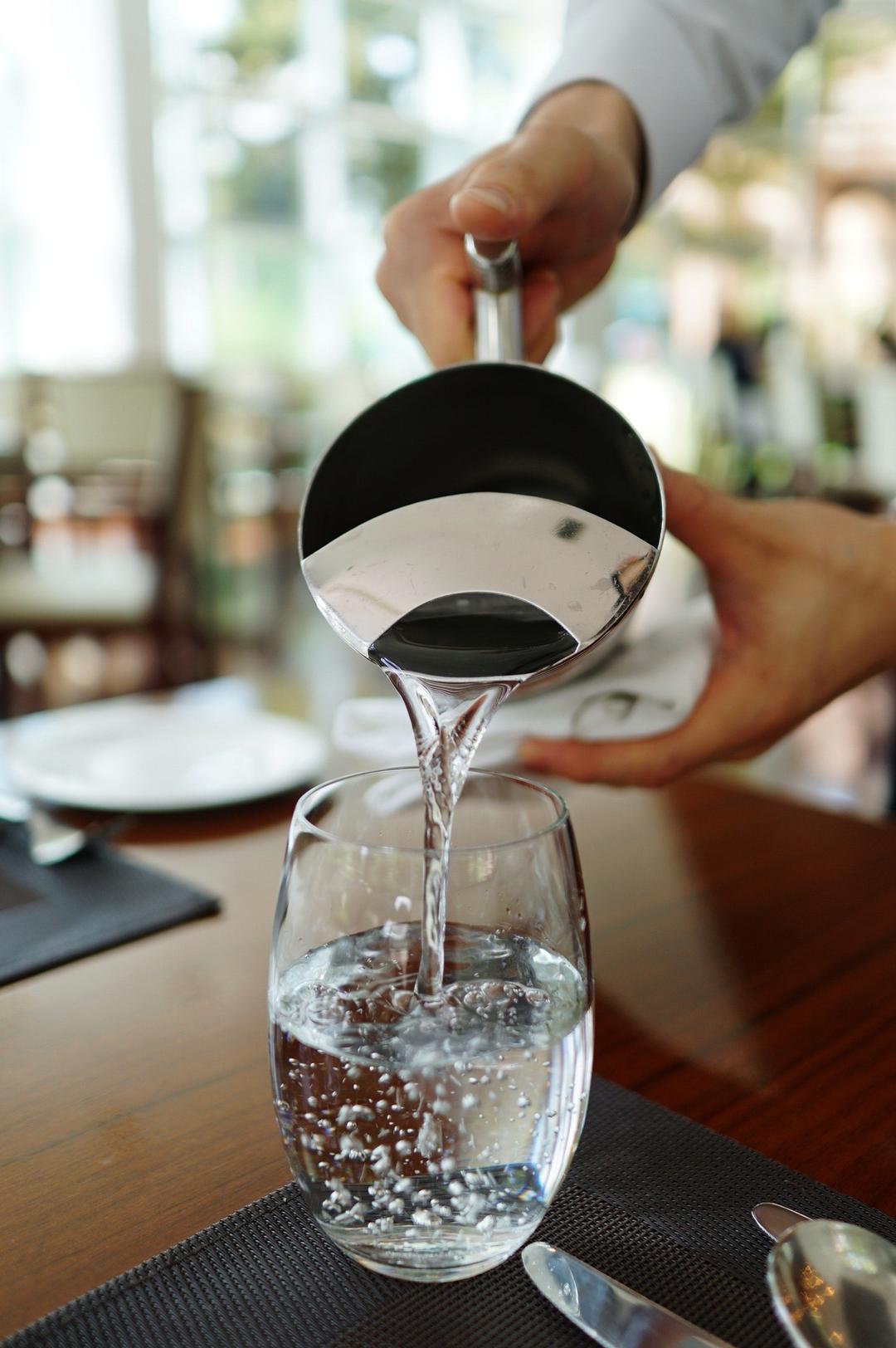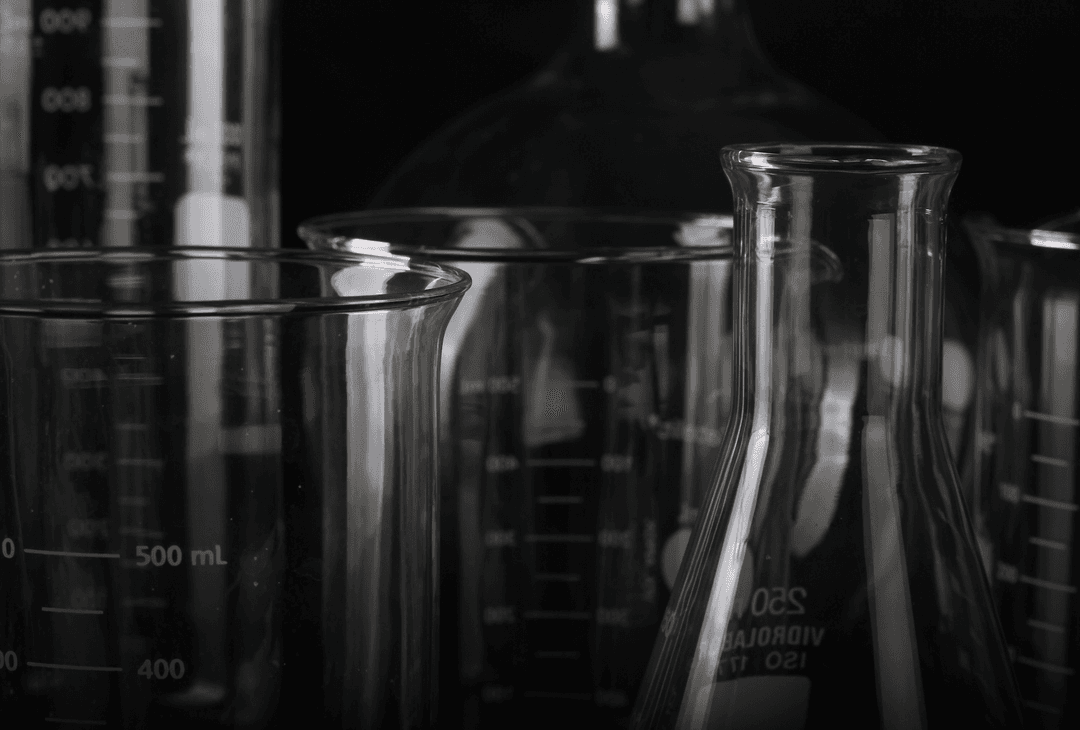Do you know you can shut off the water supply to your entire home, as well as individual fixtures like your sink faucet, shower head, or icemaker, without the need for a professional plumber? Not only can you do it, but it's also important for you to know how to do it.
This guide aims to equip you with the knowledge to handle water-related emergencies around the house, like burst pipes, water leaks, and even a leaky water heater. You’ll also learn how to turn the water off to individual fixtures, including toilets, sinks, dishwashers, and more, so you can handle basic home improvement and maintenance yourself. As a homeowner or a handyman, you'll be pleasantly surprised at how easy this DIY project can be.





